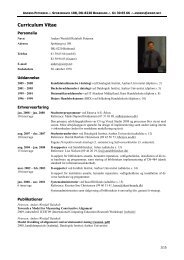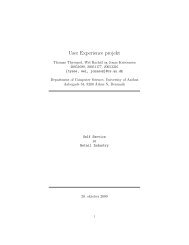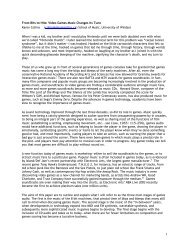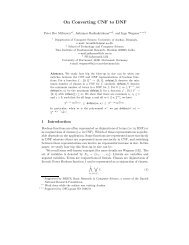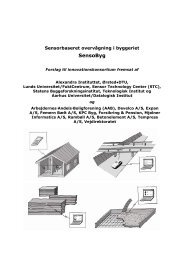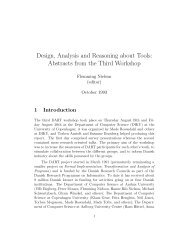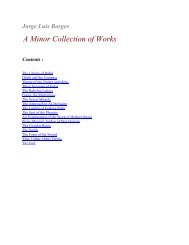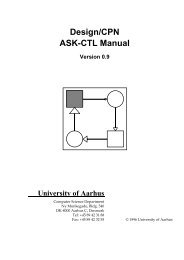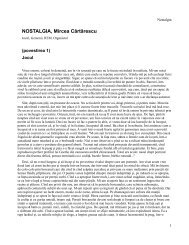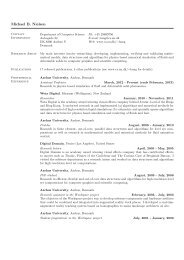towards a provotyping approach in systems development
towards a provotyping approach in systems development
towards a provotyping approach in systems development
You also want an ePaper? Increase the reach of your titles
YUMPU automatically turns print PDFs into web optimized ePapers that Google loves.
extent this is a danger to be avoided naturally depends on whether one<br />
is on the ‘right’ track or not, which aga<strong>in</strong> underscores the importance<br />
of the <strong>in</strong>itial ‘guesses’.<br />
• Prototyp<strong>in</strong>g provides very few concepts and techniques for understand<strong>in</strong>g<br />
and handl<strong>in</strong>g the collective aspects: <strong>in</strong>vestigation of current practice<br />
and design of new practices is most often accomplished by a collection<br />
of people as well as for a collection of people. 5<br />
Thus, as a tool to get from the current to a preferable future practice, the<br />
idea from prototyp<strong>in</strong>g of learn<strong>in</strong>g through concrete experience can be used.<br />
However, the issues of bas<strong>in</strong>g the visions <strong>in</strong> current practice, overcom<strong>in</strong>g<br />
bl<strong>in</strong>dness, and handl<strong>in</strong>g the collective aspects rema<strong>in</strong>.<br />
2.2 Activity Theory<br />
Activitytheory, as <strong>in</strong>terpreted by Yrjö Engeström <strong>in</strong> Learn<strong>in</strong>g byExpand<strong>in</strong>g<br />
(1987) and Learn<strong>in</strong>g, Work<strong>in</strong>g and Imag<strong>in</strong><strong>in</strong>g (1990b), and further elaborated<br />
with respect to <strong>systems</strong> <strong>development</strong> by Bisgaard et al. (1989a, 1989b),<br />
explicitly addresses these issues.<br />
Engeström takes his po<strong>in</strong>t of departure <strong>in</strong> what he calls the futilityof<br />
learn<strong>in</strong>g.<br />
The problem is that problem solv<strong>in</strong>g and structur<strong>in</strong>g are esentially<br />
reactive forms of learn<strong>in</strong>g. Both presuppose a given context<br />
which presents the <strong>in</strong>dividual with a preset learn<strong>in</strong>g task.<br />
Learn<strong>in</strong>g is def<strong>in</strong>ed so as to exclude the possibility of f<strong>in</strong>d<strong>in</strong>g or<br />
creat<strong>in</strong>g new contexts. However, it is this very aspect of human<br />
performance—or rather the lack of it—that is becom<strong>in</strong>g the central<br />
source of uneas<strong>in</strong>ess and trouble <strong>in</strong> various fields of societal<br />
practice. (Engeström 1987, p.2)<br />
What Engeström suggests is that practitioners (those engaged <strong>in</strong> the practice<br />
<strong>in</strong> question) should themselves be enabled to f<strong>in</strong>d or create new contexts.<br />
F<strong>in</strong>d<strong>in</strong>g or creat<strong>in</strong>g qualitatively new contexts is what Engeström calls expansion.<br />
This, however, <strong>in</strong>troduces a problem similar to the one addressed<br />
<strong>in</strong> this paper: How does one create a qualitatively new practice and ensure<br />
that it is founded <strong>in</strong> the current, historically developed practice?<br />
6




